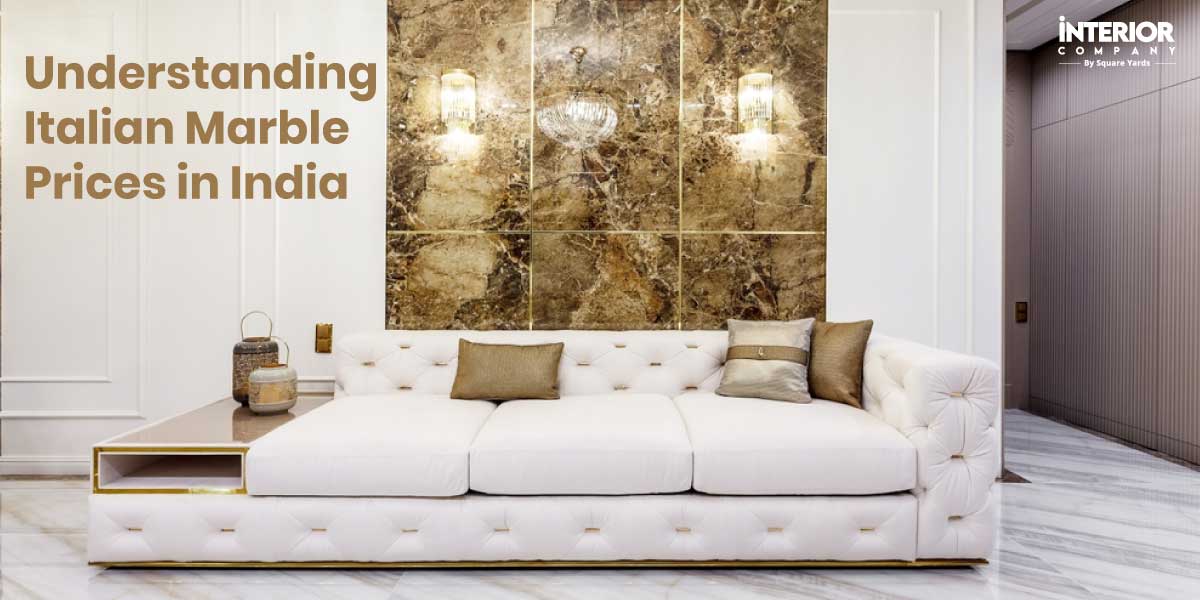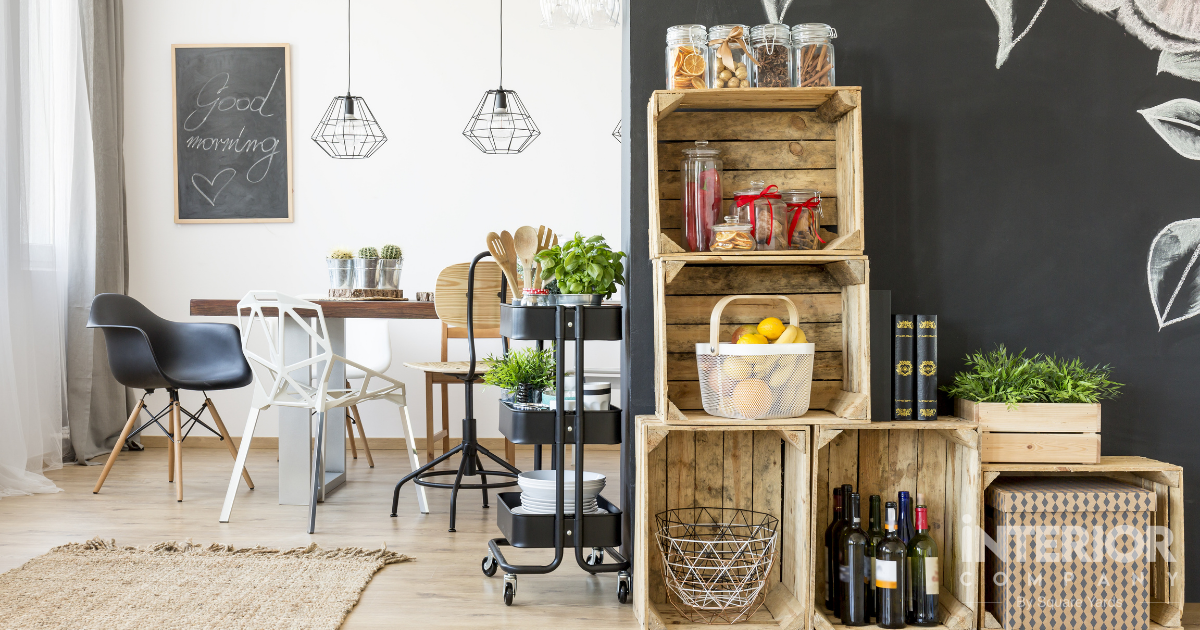- Home
- Trends
- Furniture And Decor
- Indoor Plants
- Indoor Water Plants Indp
Plants that Grow in Water- A List of Indoor Water Plants
Since it is feasible and low maintenance, a plant that grows in water makes a go for home interior and elevate the soul of a house being a sincere focal point. Head to this section and you will find the best plants that grow in water to choose what fits your desire.
Table of Content
Chinese evergreen
Rubber plant (Ficus elastica)
Heartleaf Philodendron (Philodendron Hederaceum)
English Ivy (Hedera helix)
Lucky Bamboo (Dracaena Sanderiana)
Dumb cane (Dieffenbachia Species)
Spider plant (Chlorophytum comosum)
Geranium (Pelargonium Species)
Devils Ivy (Epipremnum Aureum)
Begonia (Begonia Species)
How to Get Started with the Plants that Grow in Water
How to Take Care of Plants that Grow in Water
There is a multitude of plants that grow in water and are very easygoing on the caretaking stance. On this list, you will also find some of the highest oxygen producing indoor plants which you must certainly count for a treat of goodness to your dearly home. What makes choosing the indoor water plants for home soulful is not only the life they add to the atmosphere but also the low care factor they feature. So even if you don't have time to keep your eyes open to them every day, it is okay as they can take care of themselves without taking a hand from soil and- you.
Let us begin with the list and check out what all plants make you run for a shopping day.
Chinese evergreen
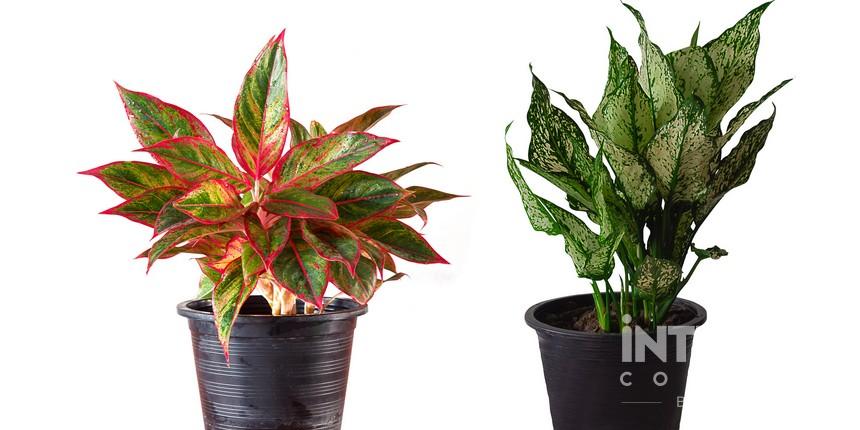
The Chinese evergreen makes one of the best plants that grow in water. This plant of candour nature is quite tolerant of minimum light and can handle a bit of negligence. Looking at these specifications, there is no doubting the fact that this plant has a popular standing in the groups of water plants.
You can shelter the Chinese evergreen in your office. When it comes to colors, the variety ranges from species to species. The colors include yellow, green, pink, red and white. Besides that, look out for the ones with leaves in different patterns. To make Chinese evergreen grow in water, you can clip stems to six-inch and place them in a bright room. Make sure they are not directly exposed to the light.
Rubber plant (Ficus elastica)
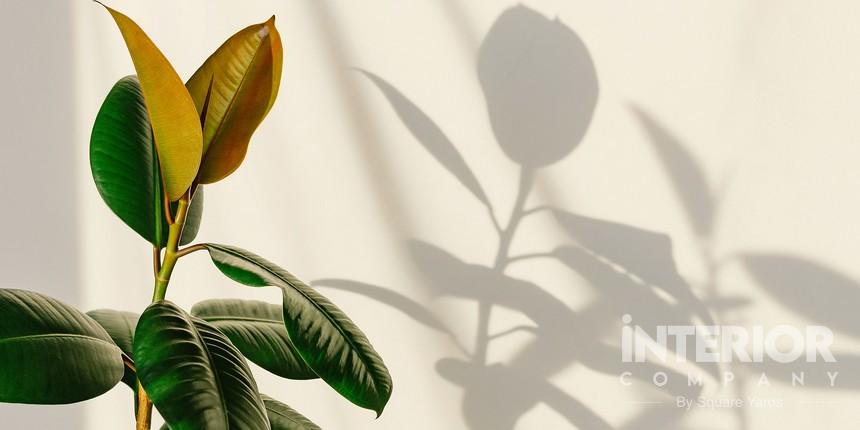
Rubber plants make one of the most popular plants to grow in water. One thing to note about the rubber plant is that it grows slowly if planted in water unlike the placement in a large pot of soil within sufficient bright light. These plants are studded with large green leaves and end up growing up to a big fat houseplant for home.
To plant them, you need to do some cutting on the stem. Make it eight-inch long which is the best and don't forget to eradicate the bottom half of its cutting. Place the plant in a container of clean water and make sure to place it away from direct sunlight maintaining the optimum exposure. Once the roots start emerging, you can move the plant from water to the pot of soil.
Heartleaf Philodendron (Philodendron Hederaceum)
Heartleaf Philodendron will give a tropical boom to your water plants area. This one is super gorgeous, glossy and posses a robust prowess which makes it hard to die. You can make this plant cascade to four to 6 feet. To add volume, you can add a dash of leggy stems which helps take care of a bushy sprint in the plant.
To make use of this plant in your home, get a four to six-inch-long stem cutting and have it placed in the water. Position the container in a way that brings a sufficient amount of bright light but keeps away from the direct light. The plant should be taken care of at a temperature above 70 F. You can grab a liquid organic fertilizer and add a few drops to it in time for the best care.
English Ivy (Hedera helix)
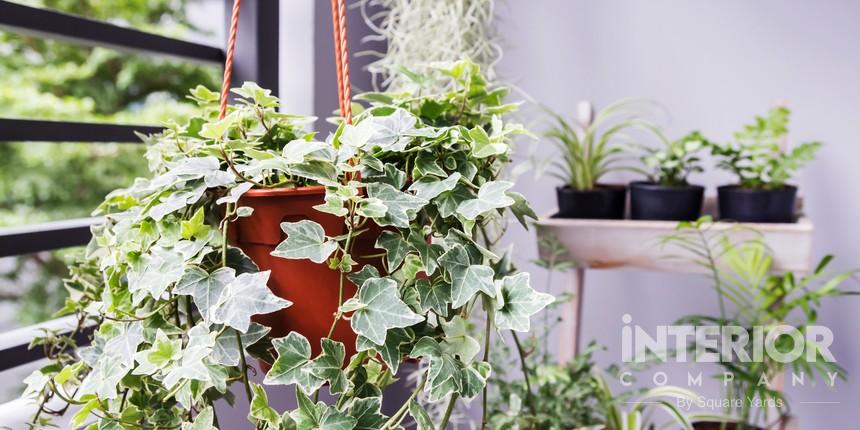
If you love to watch the exuberant plants climbing up the walls and creating a landscape to marvel on then here is English Ivy for you. They make amazing climbing plants for home and work up to gorgeous wall covers. They are famous for their easy care and invasiveness in nature. These plants are variegated and make incredible low-care indoor plants.
To get started with this plant, you need to clip a four to six-inch-long stem and place it in the vase. Make sure the part of the stem you cut is vegetative as using woody stems will repel the growth in roots. Also, provide this plant with enough space, making sure they don't intervene with other plants. The plant can be moved to the pot of soil after a few months once the root is grown.
Lucky Bamboo (Dracaena Sanderiana)
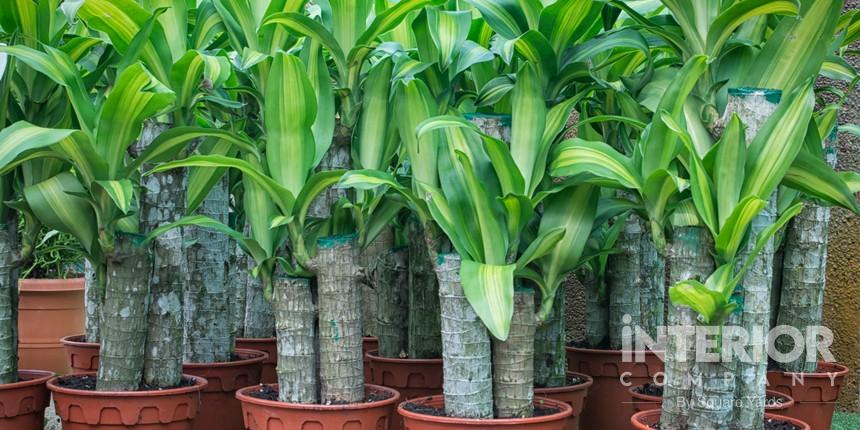
Lucky bamboo is not bamboo really but rather its lookalike. It also makes one of the best indoor plants for clean air. This plant features quite intricate shapes cradling the arrangement of thick stalks. This tangles demeanour of lucky bamboo, at first glance, gives the impression of a plant requiring special maintenance and care. But the truth is- this plant is one of the most easygoing ones that thrive in water under low care. You can place this plant best in the brightness but within indirect light. It can be planted in a pot or vase filled with water and pebbles that help the stems. Use a minor solution of organic liquid fertilizer to fertilize the plant in a month or two.
Dumb cane (Dieffenbachia Species)

Dumb Cane or Dieffenbachia is yet another popular indoor plant that features large many-hued leaves. This plant makes one of the most beautiful plants to grow in water for your house. On top of that, they are not demanding when it comes to the amount of care and grows cheerfully in water or soil.
In order to grow dumb cane in water, you need to cut a six-inch-long stem and place it in clean water in a container. Let it soak in the bright caress of light but keep it out of direct sunlight. While you plant Dieffenbachia, make sure you put on gloves to prevent skin irritation caused by stem sap.
Spider plant (Chlorophytum comosum)
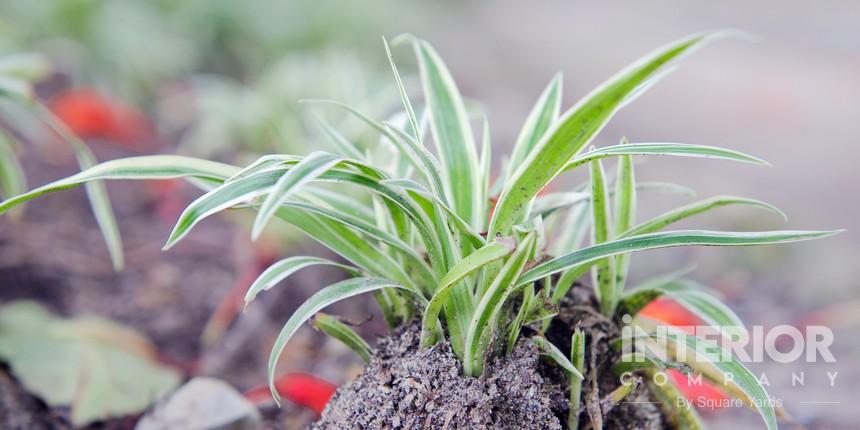
Spider plants are one of the common indoor plants that are good for breathing and give an easy way to cultivate. You can place this calm-minded plant in water for a long time. You can simply clip off the babies they produce in order to help make grow plants. It should be placed within indirect reach of sunlight. The water diet should be given in a week or two.
Geranium (Pelargonium Species)

Geranium is an indoor water plant that performs in the gardens of summer and count as one of the long-lived plants. This old school yearly houseplant is best moved inside prior to their first frost of fall. If that is not what you want then you can just clip the stems off and grow them inside your home. You can clip the stem with five to seven inches of length. Cut them from below the leaf node where the formation of roots take place. Then just place them in a vase or jar of fresh and clean water and remember to change the water within every few weeks.
Devil's Ivy (Epipremnum Aureum)

Devil's Ivy or say, golden pothos are counted as the vibrant plants vining plant that grows in beautiful heart-shaped leaves. Variegated in yellow and green leaves, this plant has stems that map down as while growing, thanks to its vine kind of nature.
You can leverage this dangling growth into the placement of the stems in a wall-mounted container, tall vase or on a shelf. The idea is to give it the freedom to droop down.
Begonia (Begonia Species)

Begonias have to be on the list of the best indoor water plants. These babies are beloved by summer keepers and thrive on shady or partially shady patios and decks. Begonias come up as incredible houseplants featuring succulent stems along with waxy leaves. The leaves can go from deep green to a variety of colors namely red, pink, white, silver and of course, greens.
How to Get Started with the Plants that Grow in Water
The amount and type of care you treat your plants in water with decides their destiny. If you want to make a move for the indoor plants that clean the air and remove toxins and above that grow in water then you have to keep a few checkpoints in your head. Yes, the fact is that such plants barely need attention but there are some factors that will help you when getting started with the plants that grow in water.
First things first, it is imperative that you get it going with the cutting of a fresh stem or leaf. All you have to do is simply clip it off from one of the indoor plants present in your home or perhaps take some pieces from someone. Yes, this thing depends a lot on the type of the plant. In the case of most species, the cuttings do feature a number of leaves. You can clip the stem off below the lead node where it will probably create roots. Eliminate any leaves that you find to be underwater.
Next, you should place the leaf or stem in a pot or vase of fresh and clean water. To ensure the goodness of water, you can opt for chlorinated tap water or bottled water. If you go for the tap water, then make sure the chlorine is dissipated before it is used. Place the container on a spot that allows it to consume light indirectly. Also, make sure there is nothing like a wood stove, radiator, fireplace or a heat pump or any source of heat for that sake around the plants.
How to Take Care of Plants that Grow in Water
If you are a plant lover who is usually busy on their schedule then it will be a good idea for you to bring in some plants that grow in water and are super cool with the low maintenance rituals. You can refresh your plants during cloudy days by giving them a few drops of organic liquid houseplant fertilizer in the water.
In the time of a few weeks or months, you are likely to notice your plant making roots. In case you want them to propagate, it is best to take them off the water and put them in the pot.
Ready for a home transformation?
Let our designers assist you!
Recent Posts
Related Category
- Balcony
- Bedroom
- Home Decor
- Living Room
- Outdoors











